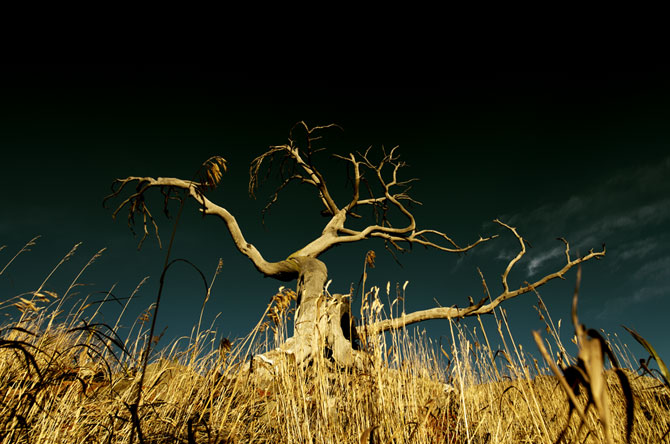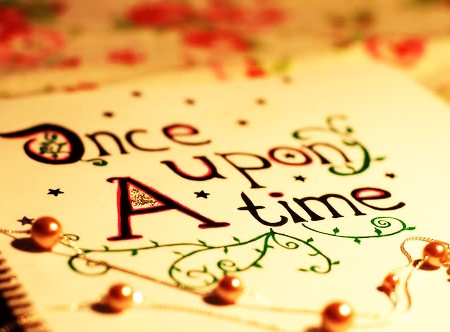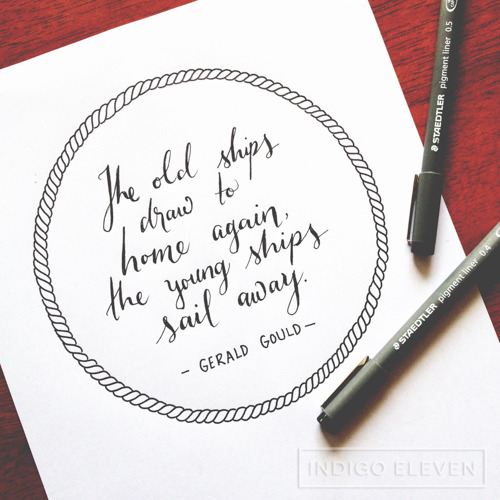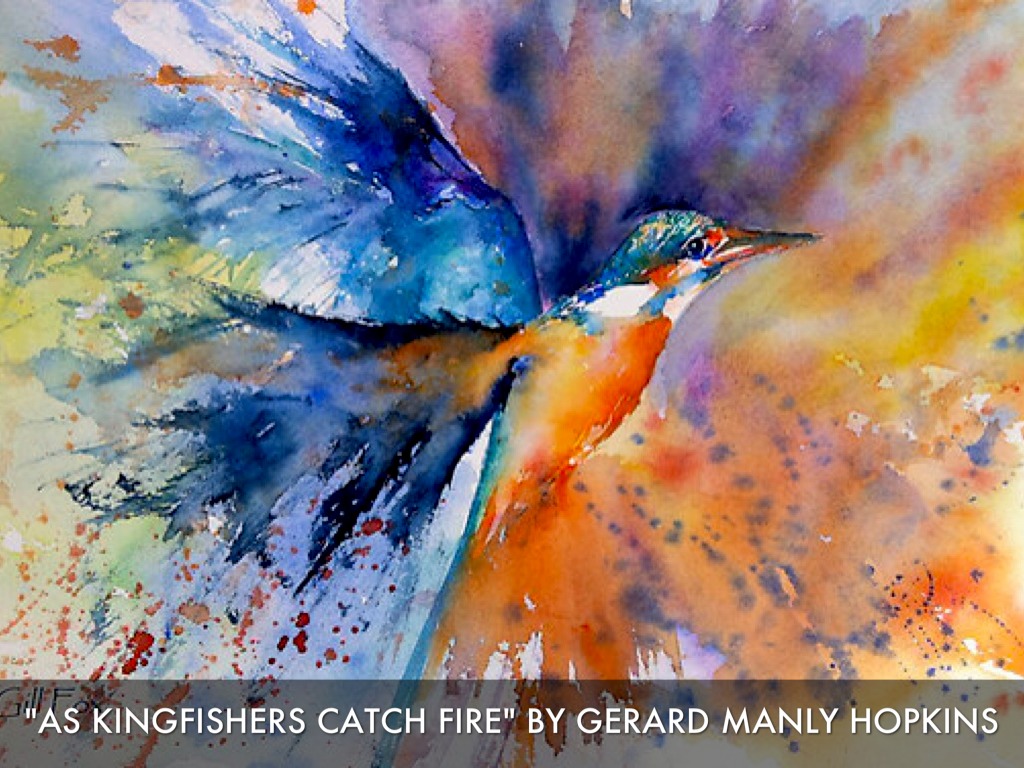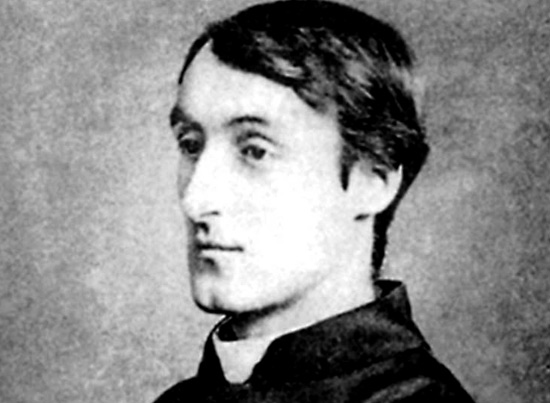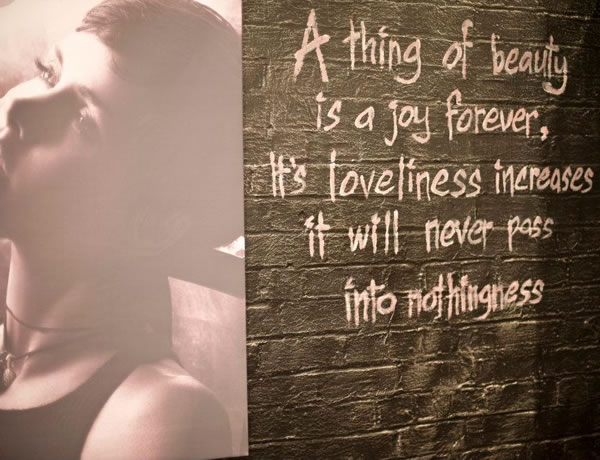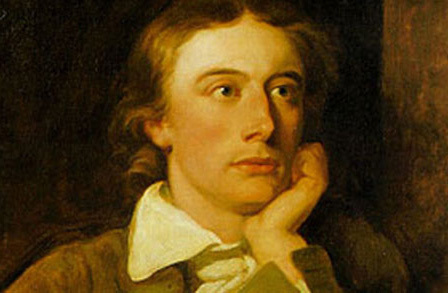Pied Beauty is one of the most anthologized poems of G.M Hopkins not only because of the palpable strain of Hopkins’ exquisite religious fervor that vitalizes the poem but also because of Hopkins’ visible efforts in this piece to usher modernity in. A critical appreciation of this dynamic piece should be attempted on two levels – by analyzing it as a devotional poem and by appreciating its modern elements.
Hopkins with the eyes of an artist and a priest employs a telescopic as well as a microscopic vision to exemplify God’s powers of creation. In a sweeping octave he attributes the infiniteness of the skies, trivial creations such as trouts and chestnuts as well as the whole evolution of mankind to the creative powers of the Almighty. Hopkins shows us that the colorful beauty of Nature bears testimony to the aesthetic greatness of God. In one panoramic sentence – “Landscape plotted and pieced – fold, fallow, and plough; And all trades, their gear and tackle and trim” Hopkins negates Darwin’s theory of evolution and proves that progress of civilization was only possible because God provided with the raw materials for the same. The seething dichotomies of the sestet: “swift, slow; sweet, sour; adazzle” dim bring to the fore the creative fecundity of God that can “father-forth” two complete opposites and make them exist in harmony.
In Pied Beauty we see that the element of worship is in line with the teaching of St. Bonaventure who pointed out – “The creatures of this invisible world signify the invisible attributes of God, because God is the source, model and the last end of every creature and because every effect points to its cause, every image to its model, every road to its goal”. As a devotional poem Pied Beauty is very unique because in it the poet asks us to live and enjoy life and its myriad beauties and in turn surrender ourselves in praise to the source of it all, which is God. The aesthetic and ascetic mingle beautifully within the single matrix of the poem. It is a perfect marriage between religious fervor and poetic excitement.
What appeals to the readers and critics in this poem in not just the religious sentiment but also its innovative quality. All the modern elements that Hopkins has introduced in Pied Beauty are a by-product of his theory of inscape – the particularized beauty of an object or its essence, much like Plato’s theory of form. In Pied Beauty we see that the poet is not merely content with telling us about the various “dappled things” that speak of God’s glory. He has strived to dramatize and give a voice to the individual life of all the objects and translate into words the kinetic energy that runs through them such that Pied Beauty becomes an “experience of reality” through words.
Hopkins has achieved the inscape through sound-sculpting with devices such as alliteration, assonance – “With swift, slow; sweet, sour; adazzle dim” and through his sprung paeonic rhythm. This Sprung Paeonic rhythm of rolling stresses that is most approximated to natural speech, has been Hopkins’ special contribution to Modern Poetry along with the “curtal sonnet” in which the poem is written. This curtal sonnet of ten and a half lines is Hopkins’ modification of the Italian sonnet of fourteen lines.
Hopkins’ de-familiarized language in Pied Beauty is innovative. In order to give us the inscape of the things described he has coined compound words of his own – “couple-color”, “rose-moles” , “fathers forth” and used words in their unusual meanings – “fresh-firecoal chestnut falls”. The modernity of Hopkins’ aesthetic vision comes forth when we see the way in which he brought rose out of its expected framework of reference and cognition and made it a floating signifier by etching its presence on the upon a fish: “rose-moles all in stipple upon trout that swim”.
The concrete and vivid imagery undergoes an organic fusion with the poem. Instead of being an ornament of the poem or an illustration, the images become the poem and carry with them the force of ideas that Hopkins has tried to convey in this piece, making the imagery yet another modern element of this piece.
Hence we see that Pied Beauty is a very special piece not just in the cannon of Hopkins but also in the entire canon of English poetry in the way it is quintessentially religious, sensually pagan and technically modern at the same time. Achievement of his vital feat in just ten and a half lines could only be possible because our poet was also a priest, an ardent lover of nature and a tireless innovator.
Some online learning platforms provide certifications, while others are designed to simply grow your skills in your personal and professional life. Including Masterclass and Coursera, here are our recommendations for the best online learning platforms you can sign up for today.
The 7 Best Online Learning Platforms of 2022
- Best Overall: Coursera
- Best for Niche Topics: Udemy
- Best for Creative Fields: Skillshare
- Best for Celebrity Lessons: MasterClass
- Best for STEM: EdX
- Best for Career Building: Udacity
- Best for Data Learning: Pluralsight
